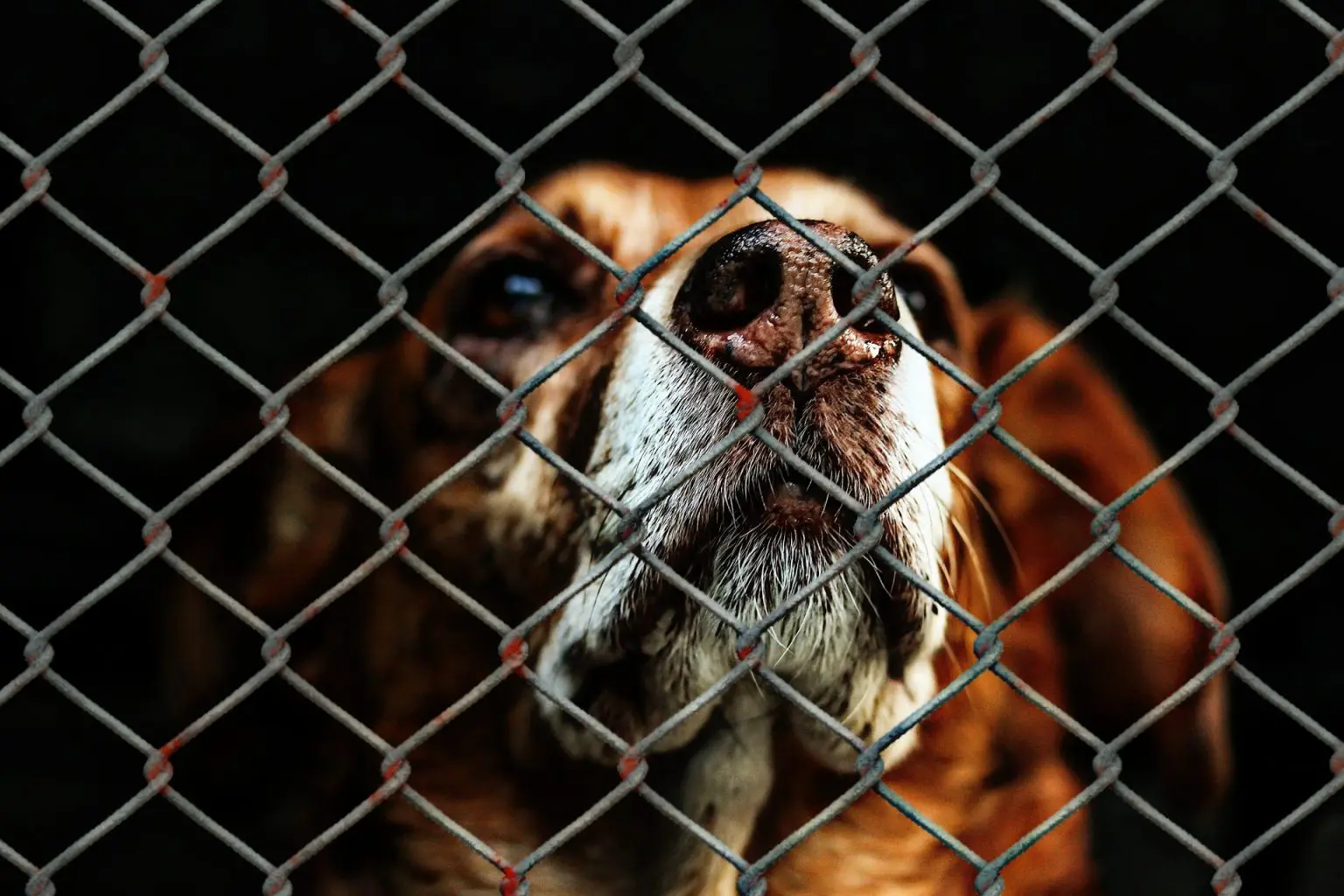Human behavior is a labyrinth of complexities, woven together by myriad influences—biological, environmental, and psychological. One particularly disturbing element of this intricate tapestry is the phenomenon of cruelty. A pressing question arises: Is cruelty a turn-on? This inquiry probes the depths of human nature, unveiling the unsettling allure that violence and dominance may hold for some individuals. This exploration will delve into the psychological underpinnings of cruelty, its manifestations across various contexts, and the ramifications it has on both individuals and society.
Understanding the nature of cruelty involves delving into psychological theories that seek to explain why individuals may derive pleasure from inflicting pain or domination. Theories such as the psychodynamic approach suggest that underlying aggressive impulses can sometimes manifest as cruelty. Sigmund Freud posited that repressed primal instincts might surface in destructive manners, inadvertently revealing an individual’s latent aggression. This perspective underscores the importance of recognizing and addressing these impulses before they escalate into harmful behaviors.
Another salient theory is the social learning theory, articulated by Albert Bandura. This theory emphasizes the impact of modeling behavior based on observations of others. For instance, individuals exposed to environments rife with violence—be it through media, familial interactions, or societal norms—may internalize these behaviors as acceptable or even desirable. Consequently, cruelty can become normalized, leading to the desensitization of individuals to the suffering of others. This normalization can foster a culture in which aggression is not only tolerated but celebrated, particularly within certain subcultures.
The manifestations of cruelty are diverse, ranging from psychological torment to overt physical violence. Psychological cruelty, often insidious in nature, can manifest in various forms, including emotional manipulation, gaslighting, and verbal abuse. Such forms of cruelty sometimes operate under the guise of affection, complicating the victim’s ability to recognize their suffering. This subtlety can render the experience even more damaging, as victims may grapple with self-doubt and confusion regarding their circumstances.
On the contrary, physical cruelty starkly contrasts with psychological aggression in its visible and often alarming manifestations. Cases of animal cruelty, domestic violence, or mob violence serve as harsh reminders of this brutal side of human existence. The thrill or excitement derived from inflicting physical harm can be attributed to several factors, including a desire for power, control, or as a means of expressing pent-up frustrations. In some cases, individuals may engage in cruel behaviors as a form of catharsis, attempting to release their own internal conflicts by projecting them onto a vulnerable target.
Moreover, the allure of cruelty can often be compounded by societal factors. In certain contexts, cruelty may be glamorized, romanticized, or encouraged, creating a disquieting paradigm where such behaviors are perceived as attractive or commendable. Instances in art, literature, and popular culture frequently depict characters that embody sadistic traits, masking their inherent cruelty with charisma or charm. This fascination with the ‘villain’ can instill the idea that cruelty equates to power or desirability, leading susceptible individuals to imitate these figures in real life.
Furthermore, the intersection of technology and cruelty cannot be overlooked. The rise of the internet has facilitated the proliferation of cruel behaviors, allowing individuals to engage in virtual violence without the immediate repercussions often felt in physical communities. Cyberbullying, trolling, and the sharing of violent or derogatory content have become alarmingly prevalent, fostering an anonymous landscape where individuals feel emboldened to act out their darker instincts. This digitized cruelty often spills over into real-world consequences, as victims of online harassment can experience profound psychological trauma.
Essentially, exploring the question of whether cruelty can be a turn-on encompasses a broader examination of empathy. The decline of empathy in certain demographics raises critical concerns. The ability to understand and share the feelings of others is vital for fostering compassion and nurturing relationships. When individuals gravitate towards cruelty, they often demonstrate a disconnection from this fundamental human trait. The ramifications of this detachment can be devastating, perpetuating cycles of violence and desensitization that ultimately erode societal structures.
The appeal of cruelty could also be viewed through the prism of morality and ethics. Philosophical inquiries into what constitutes ‘right’ and ‘wrong’ often yield no definitive answers, instead revealing a spectrum of perspectives influenced by cultural, societal, and personal beliefs. In scenarios where cruelty is glorified or dismissed, ethical frameworks risk disintegration. Individuals may navigate moral dilemmas unsure of where to draw lines, leading to justifications for behaviors that are inherently harmful.
In conclusion, probing the notion of whether cruelty serves as a turn-on unveils an unsettling reality of human behavior. This exploration emphasizes the importance of understanding the multifaceted dynamics contributing to cruelty, advocating for greater awareness and education to mitigate its prevalence. By fostering environments that cultivate empathy, compassion, and healthy emotional expression, society can work toward dismantling the allure of cruelty, ultimately promoting the well-being of all beings, human and non-human alike. The journey toward reducing cruelty hinges on acknowledging its existence and understanding the psychological and societal factors that facilitate its emergence.






